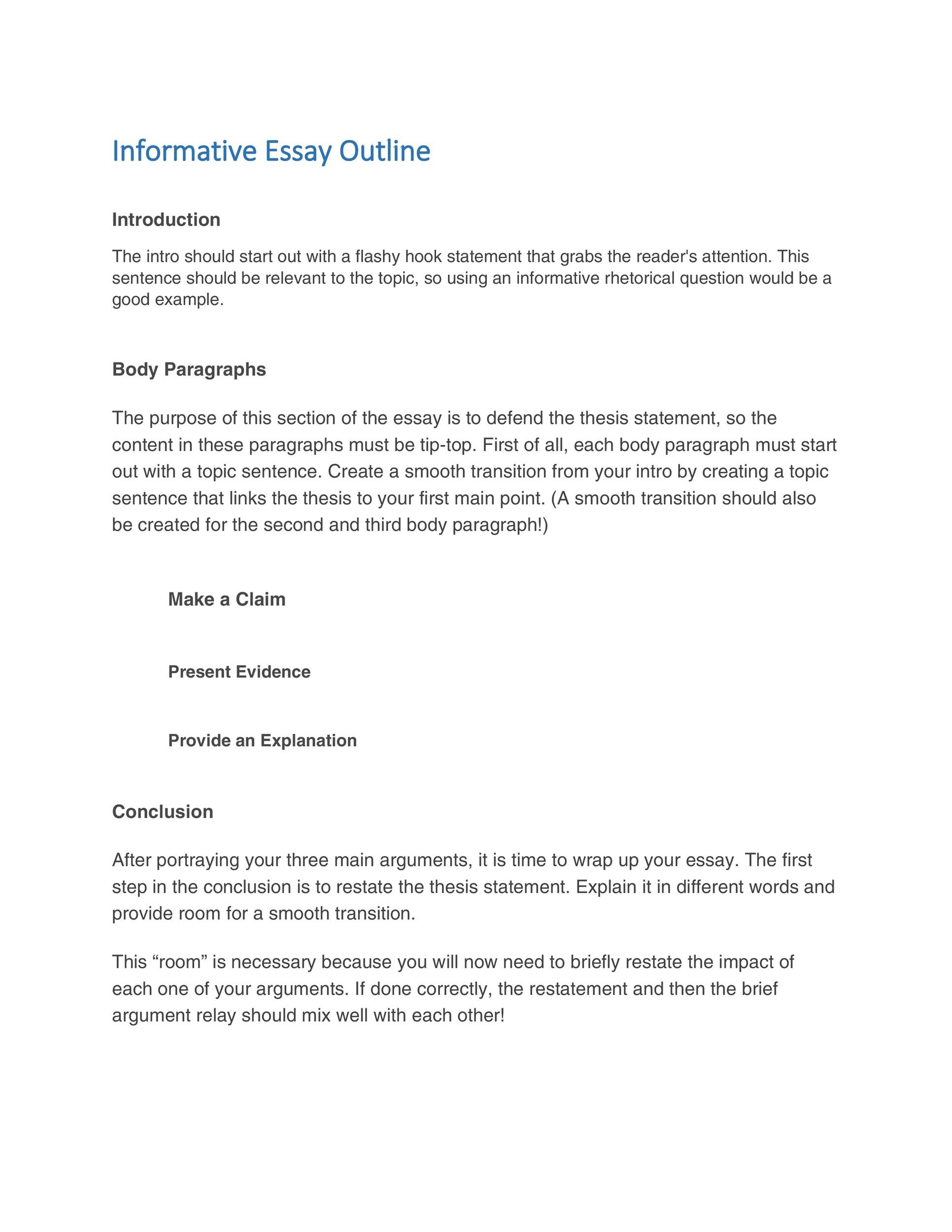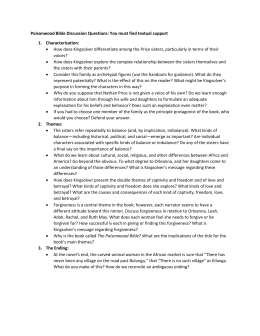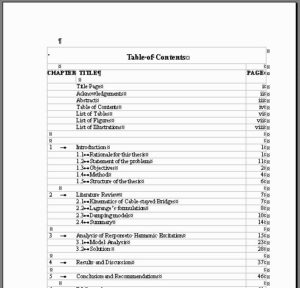Chapter 4 - Microscopy, Staining, and Classification.
The osmium tetraoxide stain is not useful for light microscopy. Stains used for transmission electron microscopy are not colored dyes but instead chemicals containing atoms of heavy metals, such as lead, osmium, tungsten, and uranium, which absorb electrons.Microbiology with Diseases by Body System (4th Edition) answers to Chapter 4 - Microscopy, Staining, and Classification - Questions For Review - Multiple Choice - Page 122 6 including work step by step written by community members like you.Microbiology with Diseases by Body System (4th Edition) answers to Chapter 4 - Microscopy, Staining, and Classification - Questions For Review - Visualize It! - Page 123 2f including work step by step written by community members like you.
E) Stains can be applied to improve contrast. C) Glass lenses are used. A) work best in low pH environments. B) are negatively charged. C) are used for staining negatively charged molecular structures. D) are lipid soluble. E) are negatively charged and work best at low pH.Question: Microbiology Chapter 4 Microbiology - Microscope, Staining, And Classification Review For The Exam. Please Type For Me And Explain The Concept That I Should Prepare For The Exam. Please Type For Me And Explain The Concept That I Should Prepare For The Exam.

The Pre-Tests are designed to be taken before the student reads the chapter in order to (1) test the students’ knowledge of material covered in previous chapters, and (2) test the students’ preconceptions of the topics covered in the chapters on hand.











